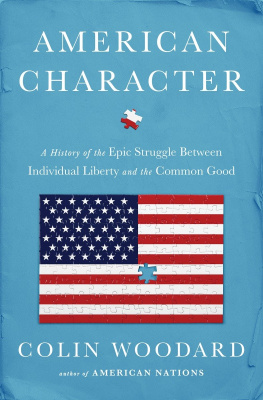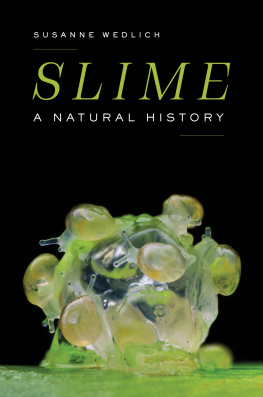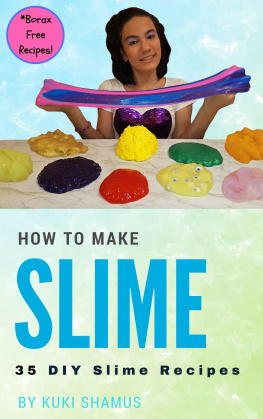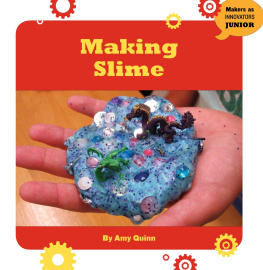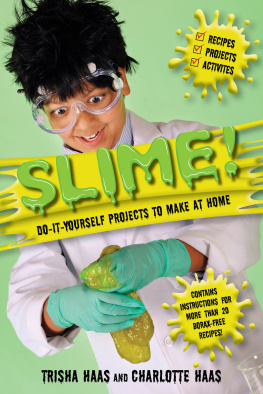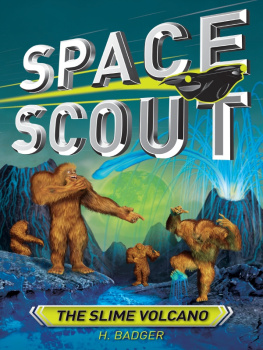Conclusion
Slime Metaphysics?
Of human life the time is a point, and the substance is in a
flux, and the perception dull, and the composition of the whole
body subject to putrefaction, and the soul a whirl, and fortune
hard to divine, and fame a thing devoid of judgment.
-Marcus Aurelius, Meditations
A: There is no grand scheme of things.
B: If there were a grand scheme of things, the fact the fact
that we are not equipped to perceive it, either by natural or
supernatural means, is a nightmarish obscenity.
C: The very notion of a grand scheme of things is a nightmarish obscenity.
-Thomas Ligotti, My Work is Not Yet Done
One of the most peculiar aspects of Sigmund Freuds Beyond the
Pleasure Principle is his speculative creation of the vesicle. Freud
writes that this bit of life functions in its most simplified
possible form as an undifferentiated vesicle of a substance that
is susceptible to stimulation where the surface turned
towards the external world will from its very situation be
differentiated and will serve as an organ for receiving stimuli
as a model for organic experience.
Freuds speculative biology is pursued in an attempt to explain the tendency of living organisms to repeat unpleasant acts, a repetition which Freud asserts connects the organisms initial division into internal and external components by a massive shock to a drive towards the inorganic. That is, while the sexual instincts of organisms tend towards life, towards the continuation of life by way of reproduction, this instinct is powerless against the more powerful death drive, the fact that the ultimate aim of all life is death.
Freuds little fragment of living substance which is beset on all sides by the most powerful energies is in kind no different from human beings.
Granting Freuds assumption that the fantasmatic bastion of the unconscious resists the ravages of biological time Freud remarks that What we are left with is the fact that the organism wishes to die only in its own fashion.
Freud has no trouble furthering such abandonment. As Ray Brassier writes: Death, understood as the principle of decontraction driving the contractions of organic life is not a past or future state towards which life tends, but rather the originary purposelessness which compels all purposefulness, whether organic or psychological. nor externally transcendentalizing the human and shielding it from physical and chemical processes in a fruitless and poetic gesture.
One large question that remains given Brassiers cosmological inscription of the death drive is whether our concept of life requires a substantive rather than purely identitarian definition. Throughout this text we have rejected the classical view that vitalism assumes a substance and yet the category of life in Henrys terms or the way living or lifestyle is often formulated, eschews the very question of substantive life, of questions of life that many thinkers like to avoid given the possible dangerous ramifications of speaking of life itself and not merely life as such. Life, however, cannot be the metacorporeal entity of classical vitalism is divided into immortal and mortal parts as we previously discussed in regards to Bergsons statement that individual forms of life are only buds of a deeper process.
Pearson shows that Deleuze is critical of Weissmans divide of soma and germ because the existence of the germ, of the substance of life, implies that there can be a part of life without change, some part of life that is not pure process. The deep interior of the germ, the reduction of life to the simple vesicle is symbolically recoded in Lacans adaptation and mutation of Freudian psychoanalysis in the lamella.
The Lamella (literally meaning man-omlette) is extra-flat and moves like an amoeba. As a fragment of immortal life, it is difficult not to see the lamella as some transformation of Weissmans eternal germ.
The lamella is described as pure surface, as an inverted organ
It is worth noting that the iek chapter quoted from above is entitled Lacan as a reader of Alien the face hugger functions as the lamella sacrificing itself to impregnate a goo-trapped victim with a xenomorph. The fantastical xenomorphs, in ieks articulation, are representative of the bare and monstrousness of life and yet he says nothing about the actual capacity of the horridness of nature but instead swings the burden of insanity to the mind of human creatures. The activity of all the world (following a Hegelian strand of thought, in terms of absolute spirt, of an ideal driving force of the world) is psychologized, where all substance, whether biological or inorganic is just stuff.
But can we believe that the awfulness (or cosmological indifference) of the generation of life itself is found only in the dull perception of one species naked apes, or is it in life itself?
The question could be put another way; how slimy is psychoanalysis (or for that matter any philosophical form of materialism) willing to be? In his text ieks Ontology , Adrian Johnston points out ieks profound disgust with life stating that he finds occasions for dwelling upon these powerful feelings of deep-seated revulsion, feelings that sustain an aesthetic omnipresent in his oeuvre.
Johnston points to images throughout ieks work of putrid flesh, disgusting life, ugliness and other assorted horrors such as an obscene mass of raw, palipating slime. as he follows the spirit of, but comes to different conclusions regarding, the void or meaninglessness of the illusion of immortality overriding the gross materiality of human (and all biological) life.
This may seem to be completely in line with the darkness of dark vitalism, that life is horrible strictly from the perspective of human beings. However the difference is crucial. ieks psychoanalytic philosophy does not see a material existence independent of the human subject where here we are asserting one, this being the fundamental difference between materialism and realism. That is, while psychoanalysis appears to be one of the stronger philosophical articulations from the sense stage of thought, from subject-centered thinking, it does not take nature on the whole as a relevant object of thought in any serious regard.
As Johnston himself has noted mankind is trapped in a weak nature. The issue becomes of retaining the weight of the drives on humans without sufficiently de-toothing nature, that is of asserting the organic over the vaguely material.
What is imperative in Johnstons account of the drives of psychoanalysis, and what seems perfectly in sync with a strong or non-weak nature, is their temporal dimension. Connecting the drives to Lacans lamella Johnston writes Drives often behave as parasites, feeding off the vitality of their biological host in their insatiable quest for enjoyment.
The neo-Platonist thinker Plotinus provides some clue as he, along with other neo-Platonists, formulated a concept of the One as a complete and utter transcendence. Plotinus One is a non-concept which is known through its effect as power, foundation and location and is as all that is and what is potential, it emanates all existents and holds all possibility. Against Plotinus transcendent One which borders on the mystical and the godlike, our One is merely the generative material sum as the speculative epoch prior to the Big Bang, the source of all things but in a strictly material sense.
In this sense the One is corrupted or degenerate instead of being transcendent, and instead of being eternal and timeless it is merely the step towards time and space, the possibility of change. Iain Hamilton Grant connects Plotinus One, and his general theory of an energized or spiritualized world as numbers made manifest, to Lorenz Okens similar use of the zero.



